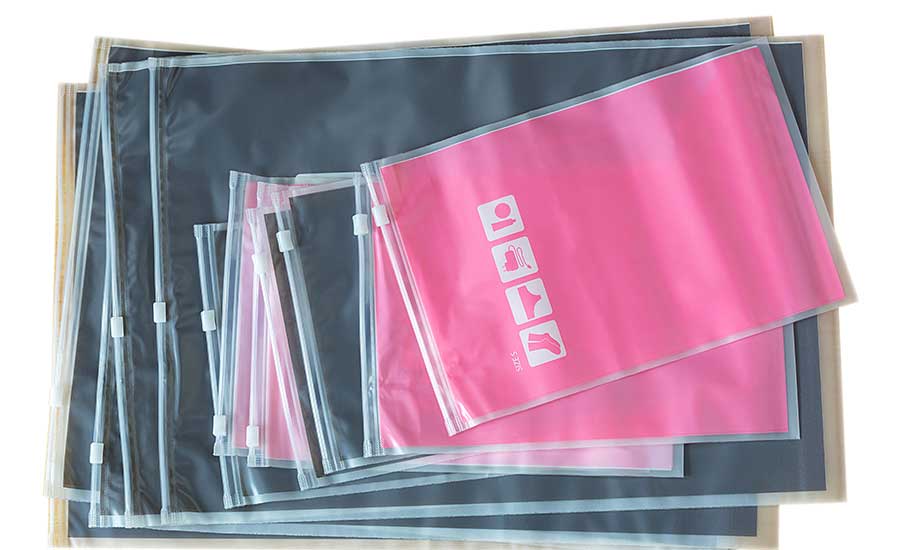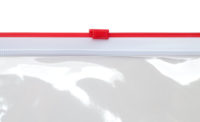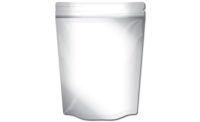Tech | Packaging
Resealable packages offer much more

Resealable packaging has become a reasonably common feature available to shoppers, especially among ready-to-eat meats. As with next-day delivery, we love the convenience. Use what you want, reseal the package and put it in the fridge. But, is that all? Is there more to resealability than cursory convenience?
It may be a buying cue for shoppers: “I think it is,” says a flexible-packaging academic and industry consultant. “Let’s say I buy thick-cut bacon not in a resealable package. After opening it, I have to put what I’ve not used into something so I use a zip-lock bag. Once I’ve used all of my bacon and go to my trash can I’m adding a second package to the waste stream, and it’s not a recyclable material.” Consumers in the 21st Century are more environmentally conscious than ever and subtleties like this are not lost on them. He reasons you may argue a sustainability advantage for resealable packaging from two perspectives — less packaging waste and less food waste at home due to longer shelf life.
The frozen market is also realizing benefits. “There is value in looking at resealable technology because it helps consumers justify making that larger purchase. If you’re a processor there’s value because you can offer a five-pound bag of meatballs instead of one pound or offer a sleeve of frozen hamburger patties. It’s so much more cost effective.” Whatever the application, at home you use what you need then reseal and put it away with little worry about freezer burn. Convenience is redefined.
All of this makes sense, so why aren’t resealable technologies more prevalent? From a consumer’s point of view, getting the zippers lined up so they seal as promised has demanded some … patience. Even then what appeared fully sealed sometimes turns out not to have been when it’s next used. But that’s changing, too.
“In last few years there’s been improvement in the zipper and slider technologies. For example, the zipper with thick-cut bacon in a thermoform package now reseals really well where before you had to work hard to even get started.”
For all of their attributes, resealable technologies face some fundamental obstacles that are basically insurmountable and some that are left to processors’ discretion. “You want resealability for shelf life, but the product dictates that,” says our source. “You don’t want resealability for fresh red meat because as soon as you open the package you’re going to use it.” But, even with compatible applications, before committing to resealable packaging, processors must come to grips with something. “If you’re looking at vertical form-fill-seal or horizontal form-fill-seal technology, as a food manufacturer you also become a packaging manufacturer. You’re not just putting product in a pouch; you’re making the pouch. When you add a zipper or slider, you need another level of internal expertise if you’re going to make a pouch that works all of the time.” Some packaging manufacturers accept this and offer their expertise as an added service to processor customers, which enables both parties to do what they do best.
Resealable packaging brings more to the supply chain and to consumers than just convenient reclosing. It establishes opportunities for greater product variety and added environmental responsibility. A couple of decades ago, who would have guessed the pesky zipper would come this far? NP
Looking for a reprint of this article?
From high-res PDFs to custom plaques, order your copy today!






